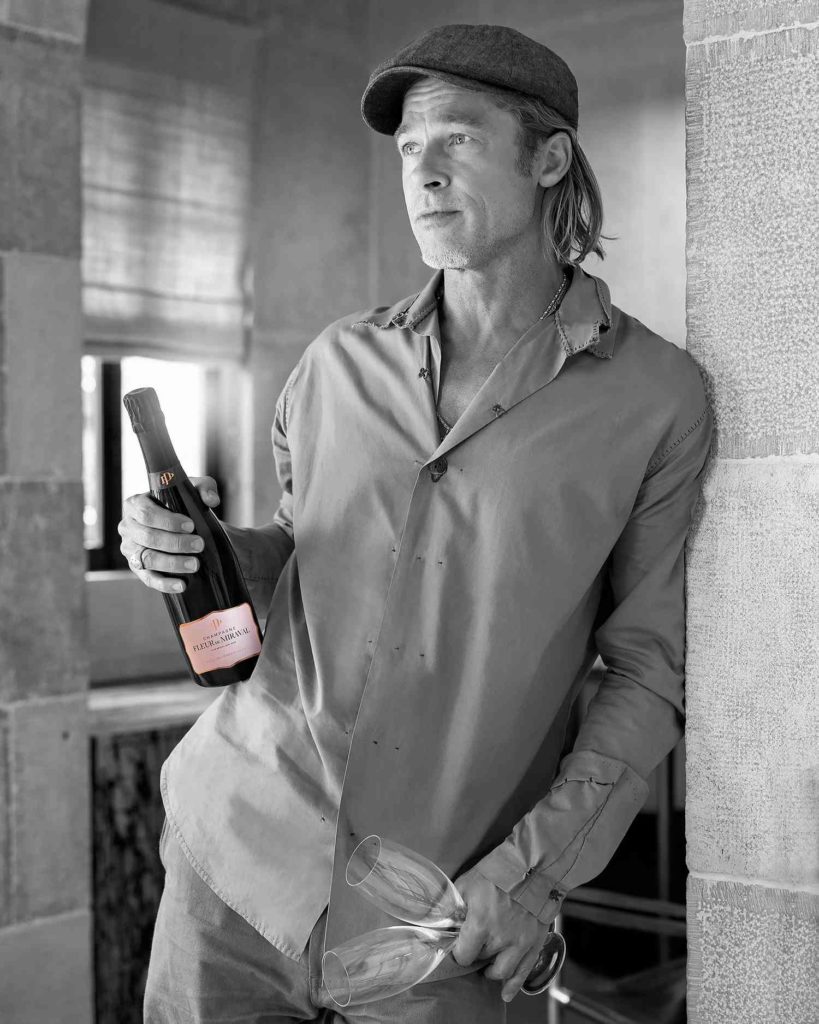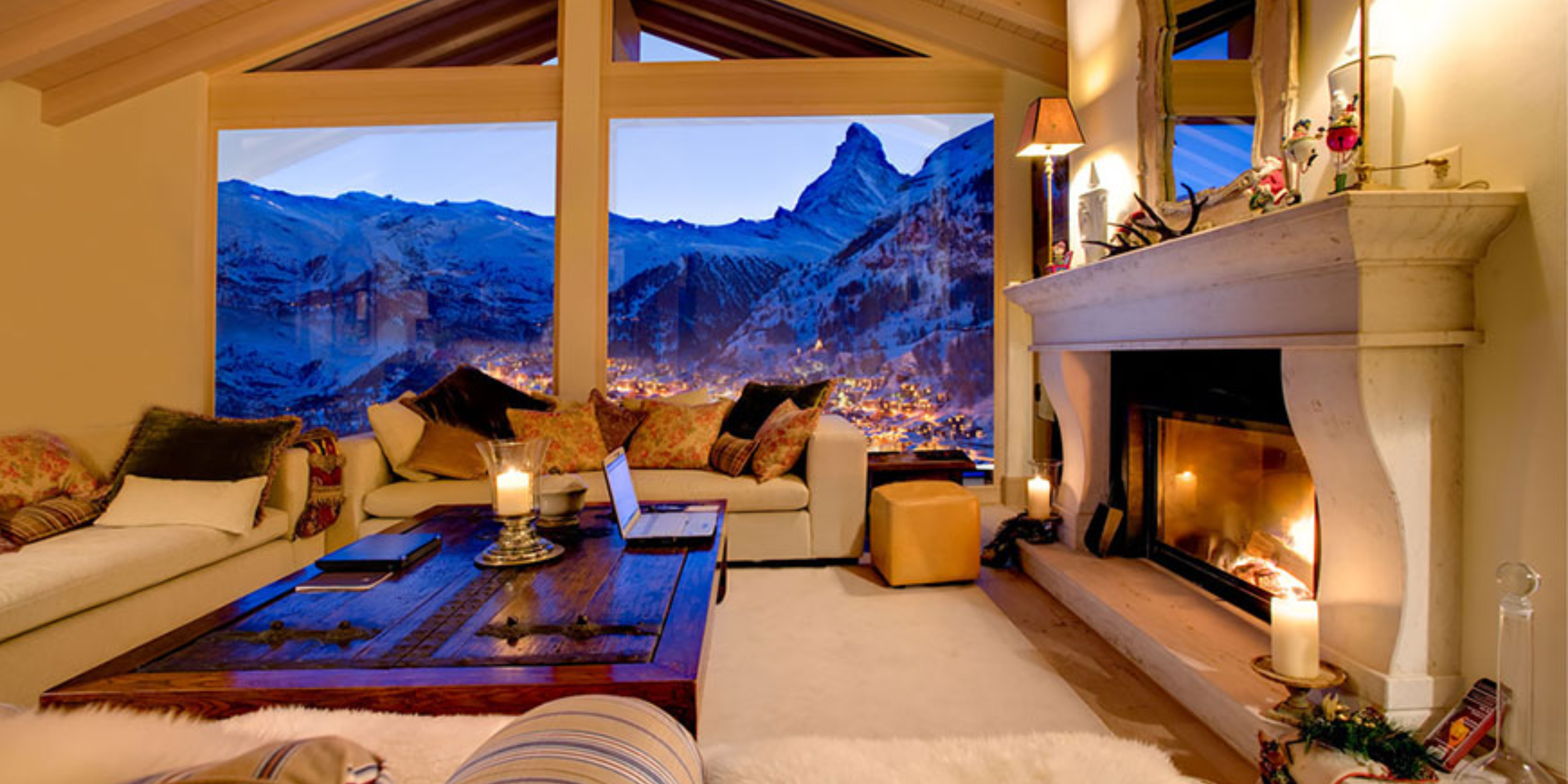We’re in the middle of the Irish summer and, lo and behold, we have had two gloriously sunny days in a row! With this in mind, we’ve decided to abandon our plan to discuss Spanish Rioja and instead look at the joy of Rosé.
Here in Ireland, we have really embraced Whispering Angel, a Provençal rosé that has developed a near-cult following, closely followed by Château Miraval. The sprawling Miraval estate, part-owned by Hollywood actor Brad Pitt, is notable for being the first and only Champagne house devoted to rosé Champagne.

What Is Rosé?
Rosé is a type of wine made from red wine grapes, produced similarly to red wine but with reduced time fermenting with grape skins. This reduced skin contact gives rosé its pink hue and lighter flavour compared to red wine. Rosé can be made from any red wine grape cultivated in any wine-growing region worldwide.
Typically, rosé is a blended wine made from various grape varieties, though it can also be a single varietal wine, made from one type of grape. For example, California is known for rosé wines made from 100% Pinot Noir grapes.
How Is Rosé Wine Produced?
Rosé gets its distinct pink colour through a production process known as maceration, the most common way to make pink wine. Red grapes are juiced and left to soak (macerate) with their skins for a day or two until the juice turns a subtle pink. The grape skins are then removed, and the juice continues to ferment. The longer the rosé is left to macerate with the skins, the darker the wine will become. This is why rosé wines can range in colour from pale blush to bright pink. Rosé is not the same as blush wine, which is a combination of red and white wine.
The epicentre of rosé production is Provence, France, where the majority of the world’s rosé is produced. Provençal rosé is known for its dry, delicate taste and light orange-tinted pink colour. It is typically made from Grenache, Cinsault, Mourvèdre, and Syrah grapes. Provençal rosé is perceived as a premium rosé and often commands a higher price.
Rosé should always be chilled and served at approximately 10 to 15 degrees Celsius.







